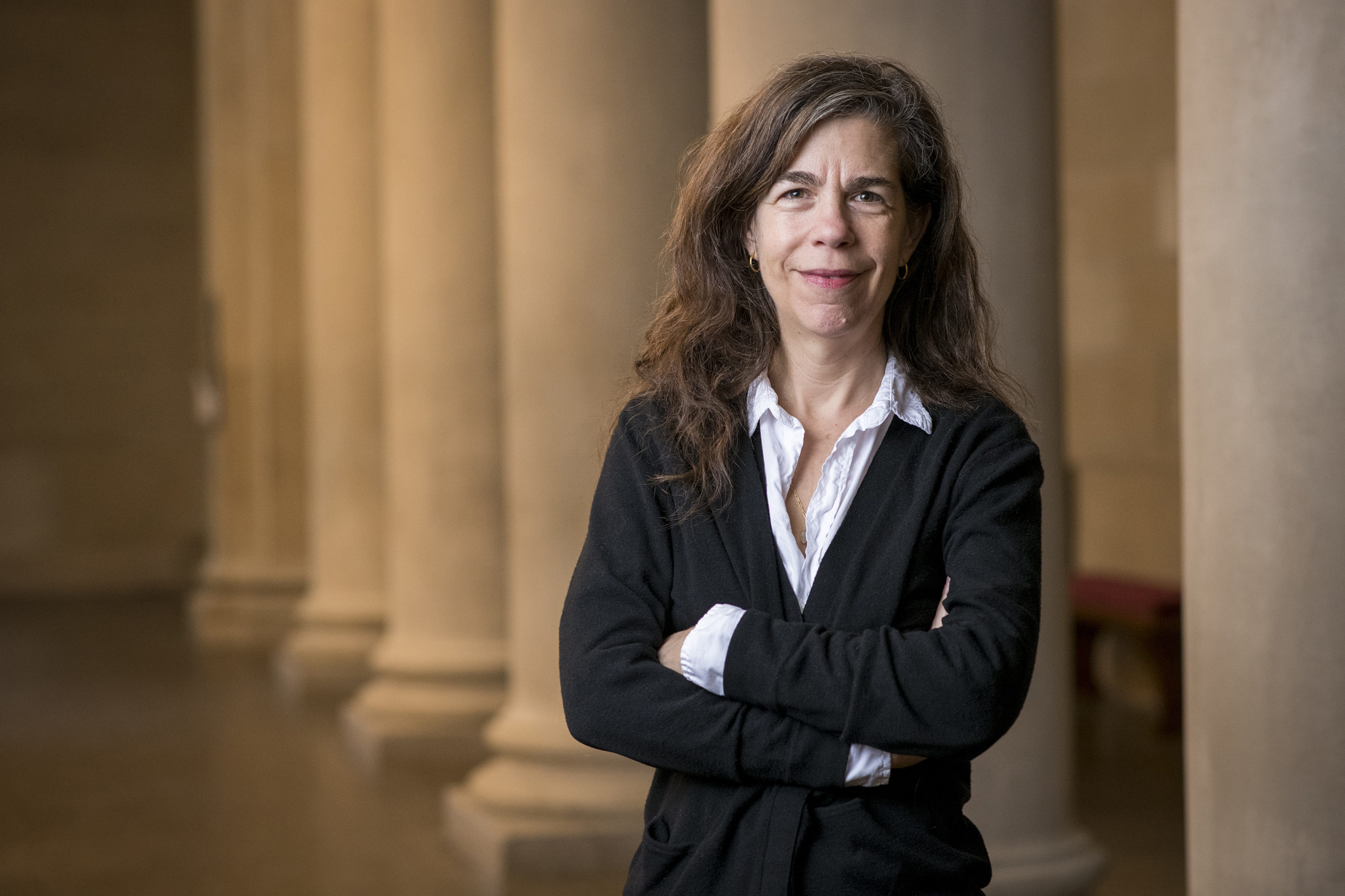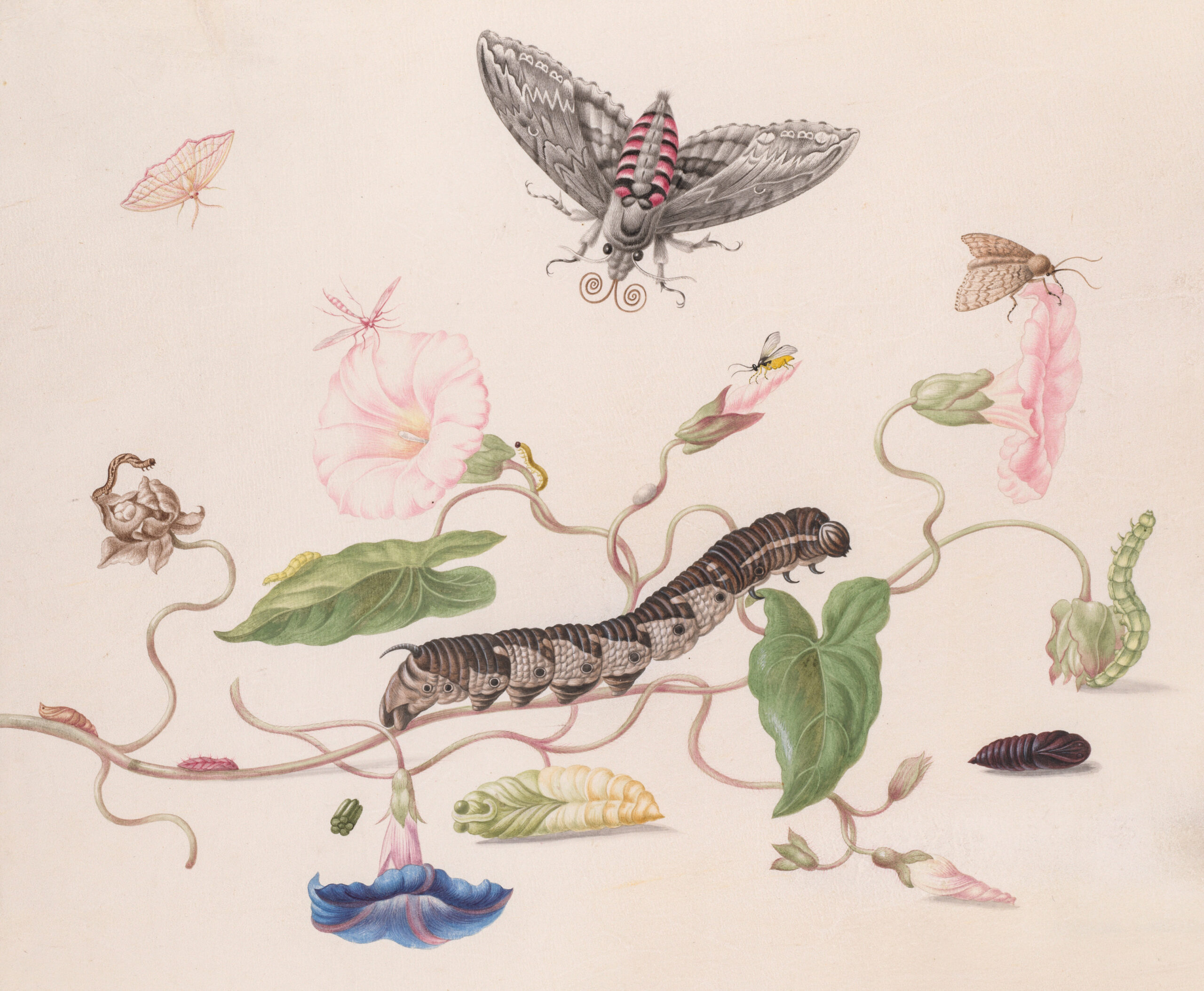
We get a lot of questions about being a curator—everything from how does one become a curator to how do curators put together exhibitions. Katy Siegel, BMA Senior Research Curator and co-curator of Generations: A History of Black Abstract Art, offered to answer some of the most frequently asked and most interesting questions we’ve received about curatorial work.
Do you have a question about museum work? Send us a message on Instagram, Facebook, or Twitter, or email us at stories@artbma.org.
How does someone become a curator?
There are different paths that people take. Howardena Pindell, an artist in Generations: A History of Black Abstract Art, was a curator at MoMA before she became a professor. Like a lot of curators, I went to graduate school for art history, and that background in research has been really important to me; today there are also graduate programs just for curating. My friend who’s an art preparator/handler teases me that people go to those schools to learn how to point at things and tell other people to move them.
Are you an artist also? If so, what’s your medium?
Ha! If I had even a drop of artistic talent, that’s what I would be doing. Sadly, no. But every summer I teach myself to do something—draw, work with clay—just to understand a little bit of what artists go through.
What do you feel is the role and responsibility of the curator in contemporary art?
Like everyone says, the Latin root of curate means “to care for.” So, to care for art objects. But there are lots of people at the BMA who are better at that than I am, and who know more about caring for, protecting, and understanding a physical art work. They are called conservators. I feel like any contribution I have made has been to try and think about how we tell history and how we can do it better.
How do you determine if an exhibition is a “success?”
If people stay more than 10 minutes! If people love it or hate it. But really, if people don’t really notice “the exhibition” or my work at all, but instead talk about how great the art was.
In your opinion, is art best viewed alone or in a group?
Both. Solitary and solidary. I really believe that art should both be very, very personal and also something that helps us have conversations that are joyful, and also difficult.
What is the importance of regional or local art in the contemporary collection?
This is clear in the reinstallation of the permanent collection, Every Day: Selections from the Collection, that Cecilia Wichmann and I did, which threads Baltimore and DC-based artists throughout. We feel strongly that “regional” artists should not be stigmatized and separated out every time their work is shown. It’s great to study the regional art and social context as it informs the art, but great artists like Franklin White, Linda Day Clark, and Stephen Towns also belong in national and international conversations.
Katy Siegel is




